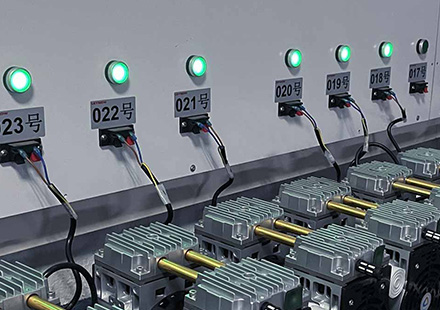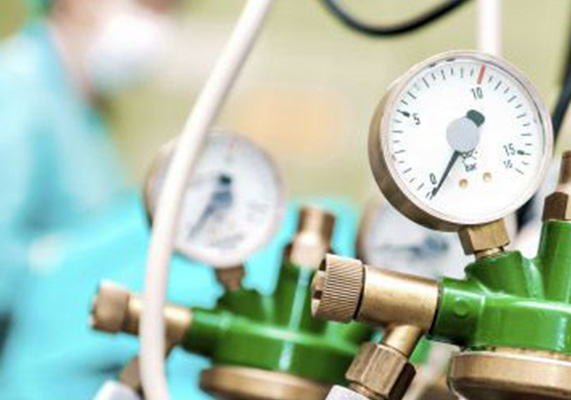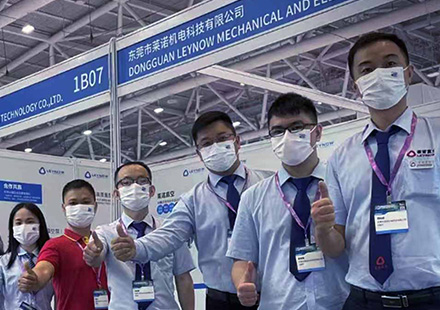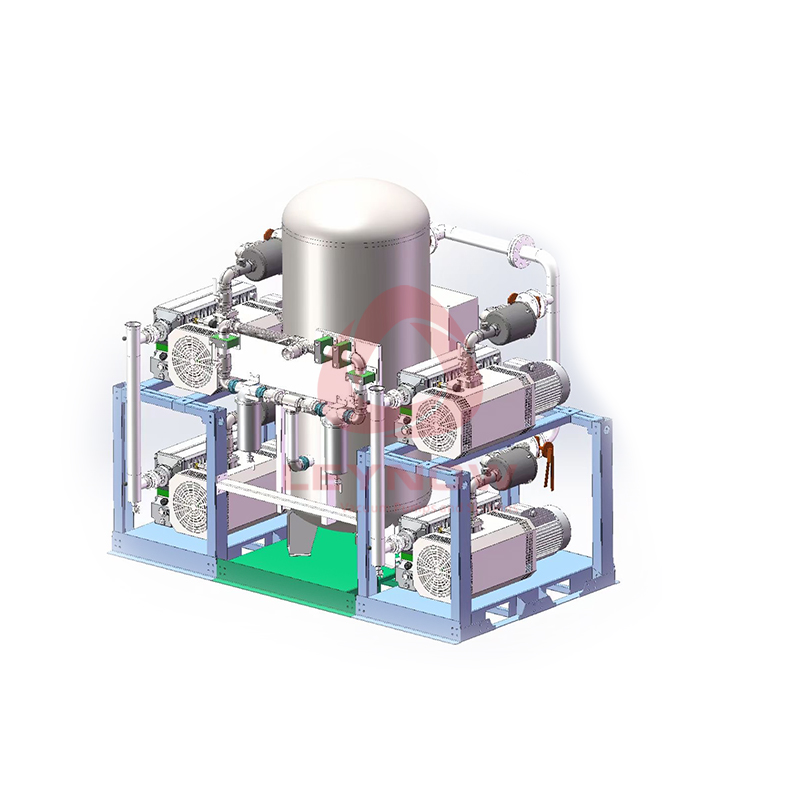Vacuum technology is used in plastic processing – mixing, extrusion, extruder calibration, thermoforming, injection molding, recycling. We offer you a wide range of technology options when it comes to vacuum generation in plastics processing.
Advantages of vacuum systems:
●1. Avoiding wasted power, heat, noise, and environmental considerations impact working conditions and personnel as much as a factory's power bills and operating costs.
●2. Heat accumulation: The heat generated by multiple independent machines in a confined space overloads the work environment and affects the air conditioning equipment.
●3. Noise: Noise from all vacuum pumps and air compressors increases noise levels, causing personnel stress and premature fatigue.
●4. Throughput issues: Peak demand for vacuum and compressed air requires additional machinery. These machines are more economical to use only occasionally, because the failure of one machine can bring down the entire work line.
●5. High Maintenance and Power Costs: Not only does servicing a series of individual pump units consume excessive time, independently operating compressors and vacuum pumps also increase power costs.
●6. Keep the work site neat, clean, and beautiful.
●7. The vacuum source supply is stable and waste-free.
How it works:
First, set the upper and lower limits of the vacuum system (for example, the upper limit is set to -0.08MPa, and the lower limit is set to -0.06MPa). After starting the system, one of the vacuum pumps starts working. Until the vacuum degree in the vacuum tank is higher than the upper limit value -0.08Pa, the vacuum pump automatically stops running, and the vacuum in the vacuum tank is automatically cut off by the vacuum check valve. If the vacuum degree in the vacuum tank drops below the lower limit value due to work requirements -0.06MPa, another vacuum pump will automatically start until the vacuum degree in the vacuum tank reaches the upper limit and exceeds a certain time, and when a single vacuum pump cannot pump the vacuum degree in the tank above the lower limit, another vacuum pump will automatically start until exceeds the upper limit.
Performance features:
After the device is started for the first time, the entire operation process can be fully automatically controlled. During its operation, the vacuum degree everywhere in the vacuum system always fluctuates up and down within its allowable range, and its fluctuation range can be adjusted according to user requirements.
The device automatically controls the system without human operation and can automatically close the vacuum system during a power outage. At the same time, the control box can protect the vacuum pump motor from overload and short circuit, and query the operation records of each pump.
Central vacuum system details:
With a central vacuum system design, numerous single pumps are replaced by several larger vacuum pumps on individual production machines. Equipped with an automated frequency conversion control system, it is connected to the production machine through the main branch pipe of the gas storage tank. The supply of vacuum is fully automated according to production needs, which means energy savings. Noise levels in employee work areas are significantly reduced.
Central vacuum system consists of:
●Vacuum pump + control system + gas storage tank + pipeline installation
Advantages of central vacuum systems:
■1、No heat or noise emissions in the production area
In production facilities, workplaces are subject to increasingly stringent noise and heat regulations. In centralized pneumatic systems, separate vacuum pumps and compressors are no longer required. Employees are exposed to minimal heat, noise and oil mist.
■2、Low energy consumption requirements for central vacuum systems
Eliminating many discrete pumps results in a significant reduction in heat. As a result, the air conditioning system is under a lower load and consumes less energy. By discharging the exhaust vents (and accompanying oil mist) in the production area, the air quality in the production area is greatly improved. The central system is controlled using a PLC controller. The controller monitors and controls different levels of pressure or vacuum.
■3、Central intelligent control
In a centralized vacuum system, you can remotely monitor any pump on the running vacuum system. It is much simpler and more convenient than the inspection and maintenance of a single pump. Save maintenance and inspection personnel.
■4、Lower maintenance requirements
Factories without a centralized air supply system usually have multiple vacuum pumps and compressors from multiple manufacturers. Many different replacement and wear parts are required for each individual system resulting in significantly increased logistics and becoming expensive repair costs. Generally speaking, vacuum pumps and compressors in centralized pneumatic systems are low maintenance and utilize many of the same components and materials. This limits the scope of required parts to the absolute minimum.

 Official Account
Official Account WeChat Business
WeChat Business
 Official Account
Official Account WeChat Business
WeChat Business
 Official Account
Official Account WeChat Business
WeChat Business
 Official Account
Official Account WeChat Business
WeChat Business
 Official Account
Official Account WeChat Business
WeChat Business CHN
CHN